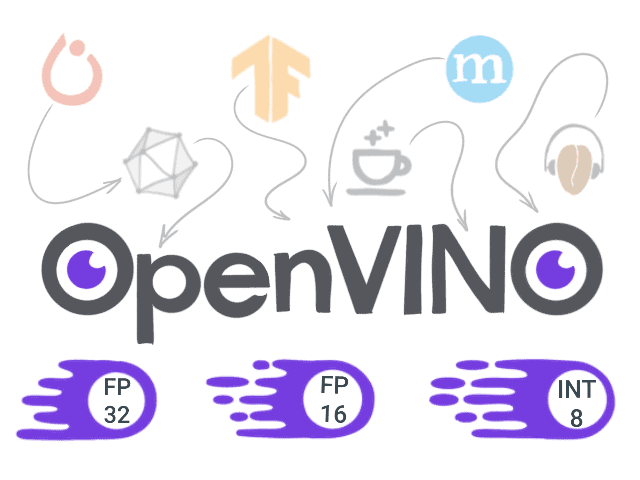Content Partnership
We are looking for a passionate, motivated and involved Middle / Senior C++ Engineer in the Computer Vision area. Our team works with bleeding edge technologies for computer vision applications
With applications such as object detection, segmentation, and captioning, the COCO dataset is widely understood by state-of-the-art neural networks. Its versatility and multi-purpose scene variation serve best to train a computer vision
Whether for medical imaging, autonomous driving, agriculture automation, or robotics, scaling a computer vision (CV) project is tough and takes tons of micromanaging, tracking, and analysis for the best results.
Computer Vision software needs hardware, and combined innovations from Xailient and silicon manufacturers are accelerating the move to AI at the Edge. Intel Movidius™ is one leader in AI hardware
In computer vision, there are number of general, pretrained models available for deployment to edge devices (such as OpenCV AI Kit). However, the real power in computer vision deployment today
Are you looking for a fast way to run neural network inferences on Intel platforms? Then OpenVINO toolkit is exactly what you need. It provides a large number of optimizations
Nowadays, many ground-breaking solutions based on neural network are developed daily and more people are adopting this technique for solving problems such as voice recognitions in their life. Because of











